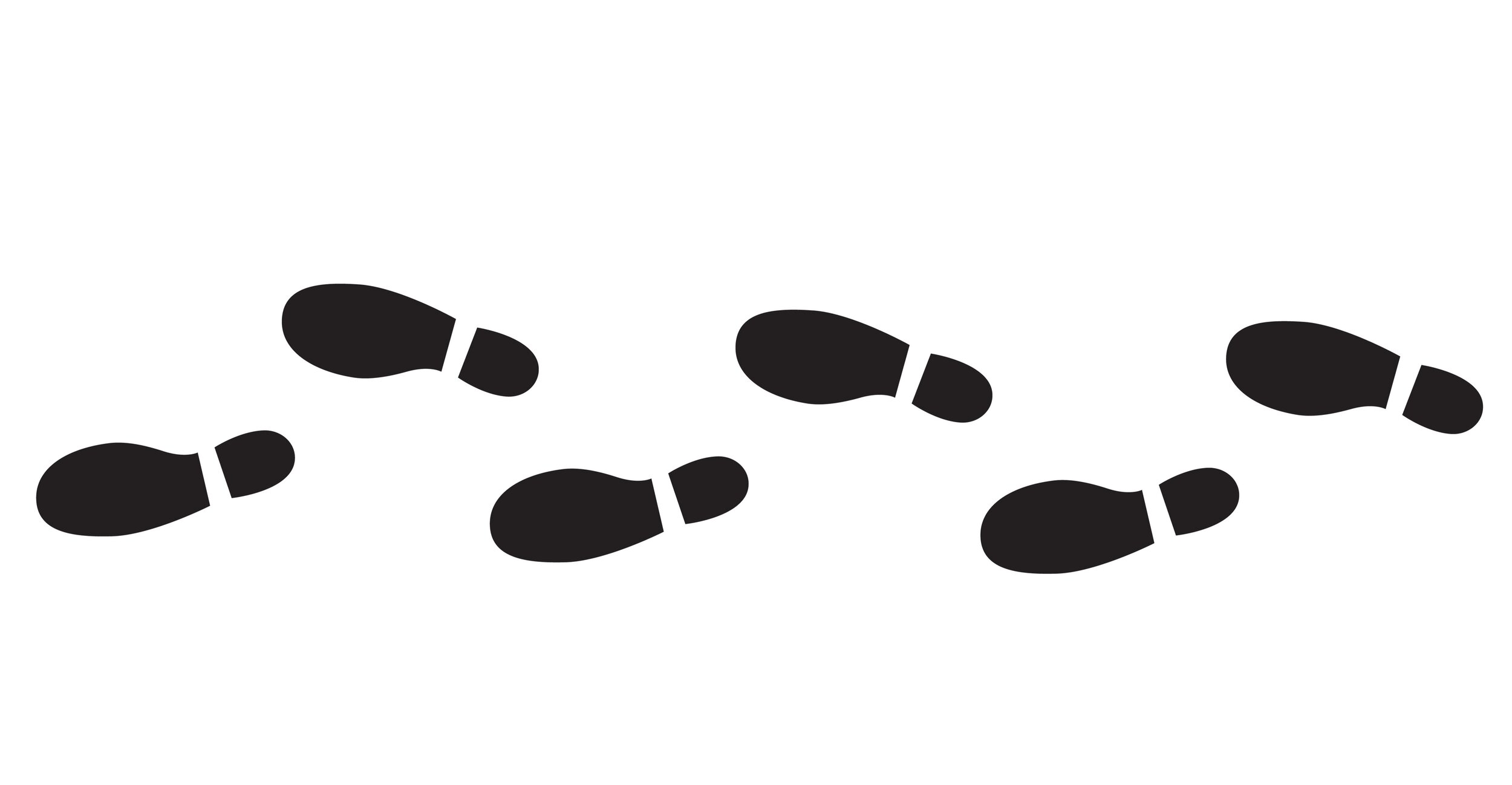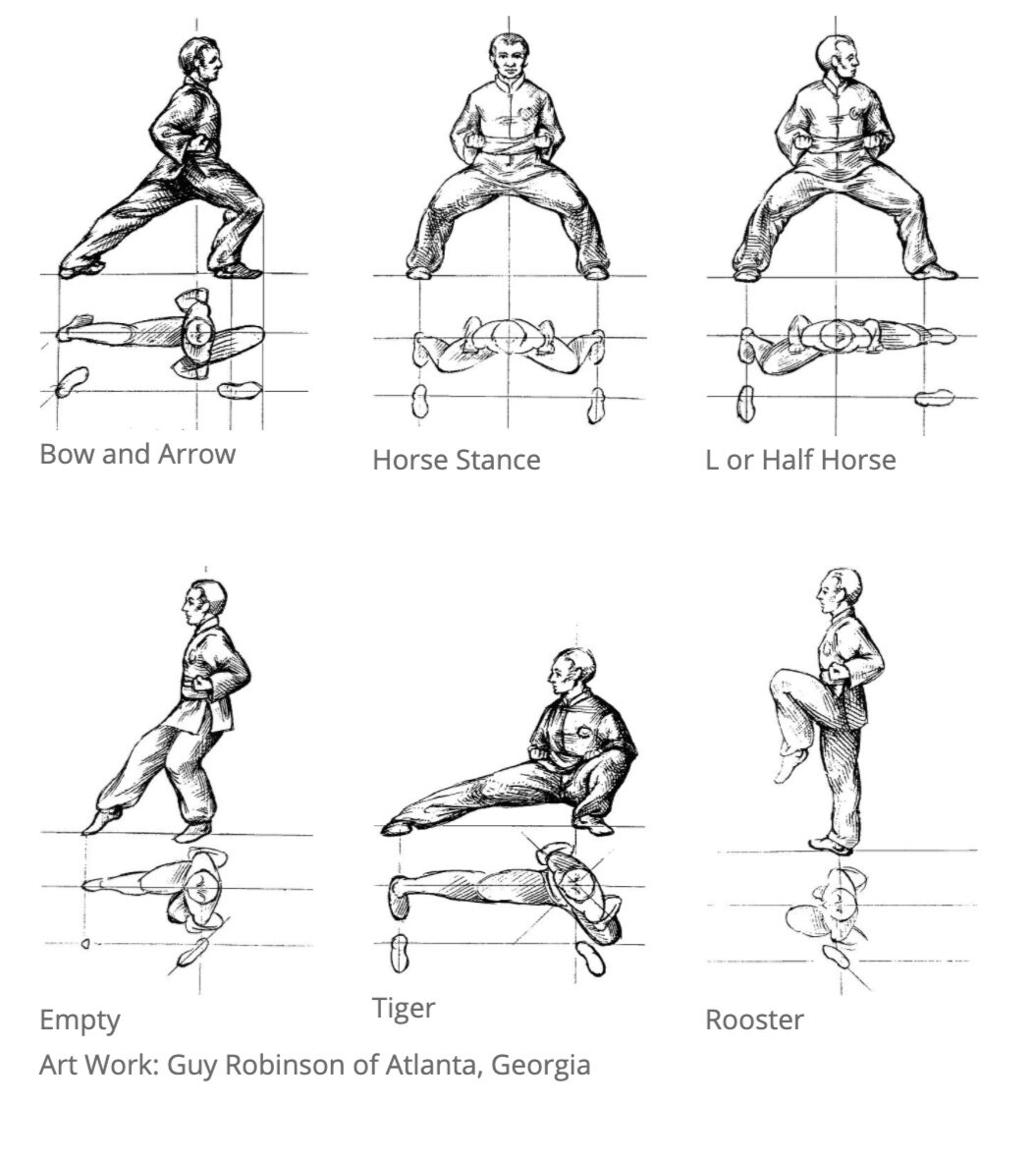Tai Chi Stances
Wuji stance is a stance commonly used before commencement. Balance in the legs and feet is 50/50, with the knees soft and the body upright, the arms are by the side, with space under the armpits. The purpose of this stance is to clear the mind and to bring focus to the lower dantian, to settle the breathing and to release tension from body and the mind and to feel grounded and connected to the earth.
Bow stance - one leg in front of the other, shoulder width apart, front foot facing forward, back foot slightly turned out (about 45o), back knee off lock. 70% of weight is on the front leg, with the calf muscle vertical and the knee not protruding over the toe but is in line with the foot. Hips face forward. This is a strong stance because of its triangle shape at the base.
Horseback riding stance - legs are wide, as if sitting on a horse, with 50% weight distribution on each leg. The lower back is not curved or hunched, both kua (groins) are open and the coccyx (tail bone) facing the floor, or ‘tucked in’.
Empty Cat Stance - one leg forward (with either toe or heel on the floor), with 10% weight, while the back leg has 90% weight distribution. This stance is ready for an attacking kick.
Crane Stance - Similar to Empty Cat Stance, with the front foot lifted off the floor, knee bent.
The height and distance of the stances will be determined by the capabilities of the practitioner and it is important not to strain the muscles or over extend the joints. It must be remembered that tai chi is made up of connecting postures, so transitions from one to the other must be slow and controlled. Postures must always allow for smooth flow of qi and maintain integrity for strength and balance.
Illustrations of the main Tai Chi Chuan stances. Tiger stance is seen in Snake Creeps Down. Rooster stance is the same as Crane stance. Taken from Phoenix Dragon Kung Fu and Art Work by Guy Robinson of Atlanta, Georgia


